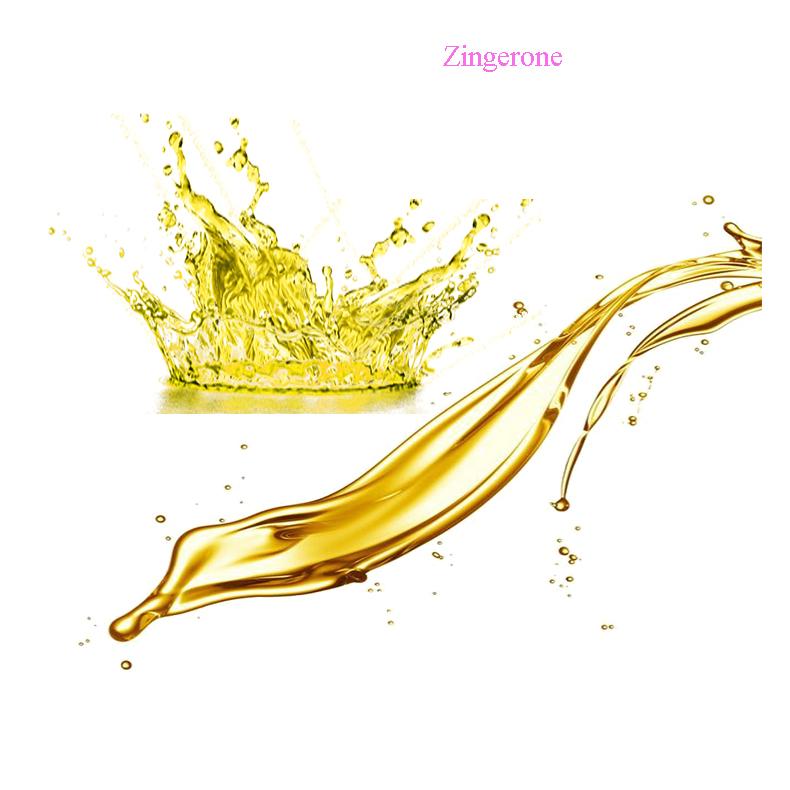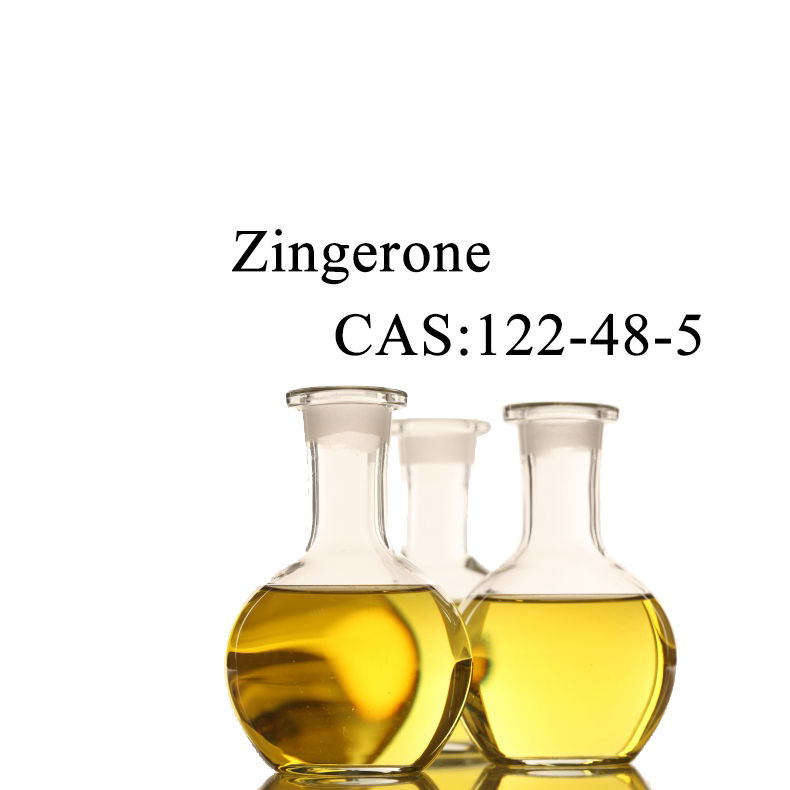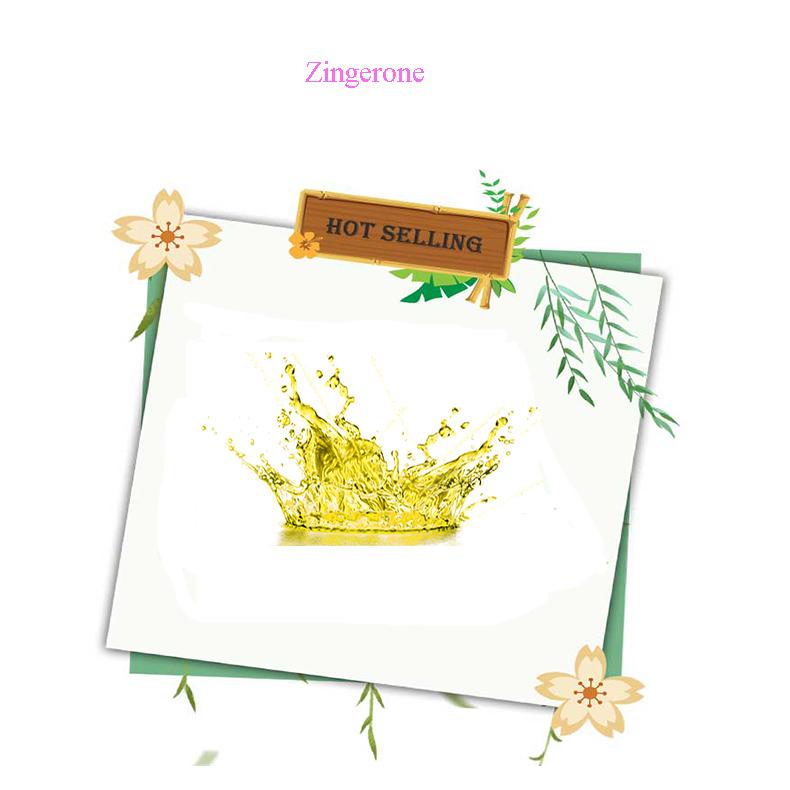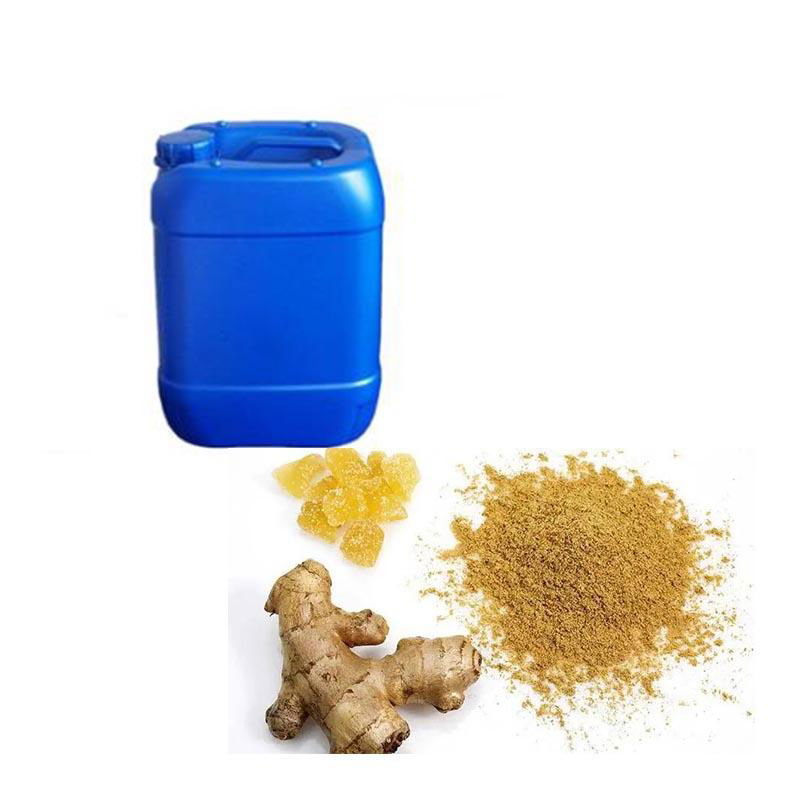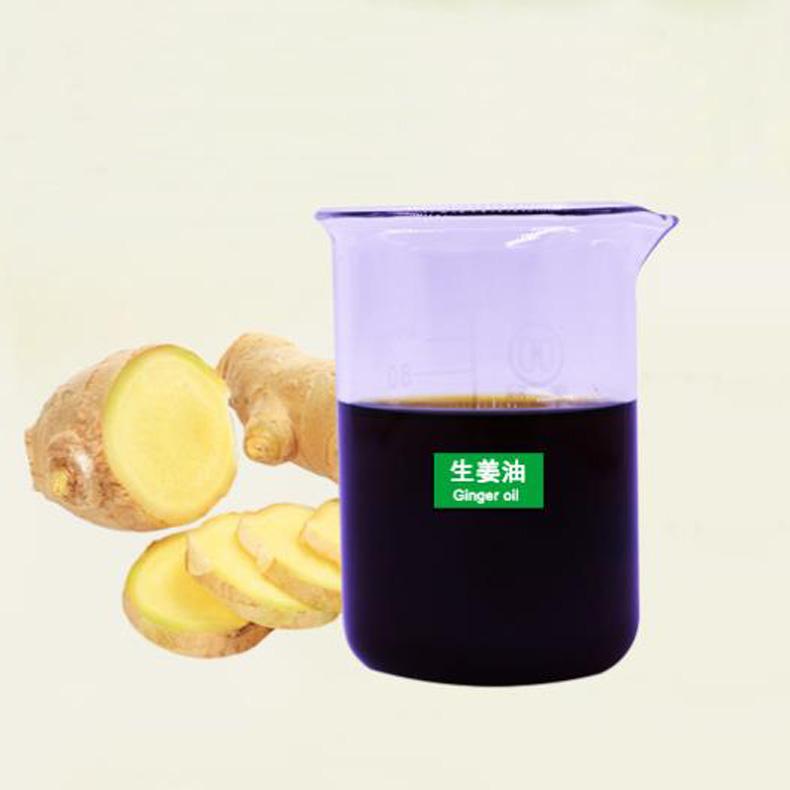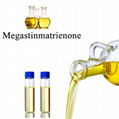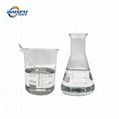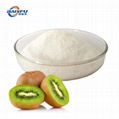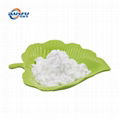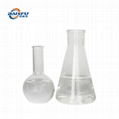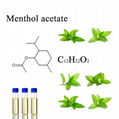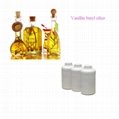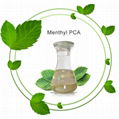| Model: | CAS 122-48-5 |
|---|---|
| Brand: | BAISFU |
| Origin: | - |
| Category: | Agriculture & Foods / Processed Food / Other Processed Food |
| Label: | Thermal Agent Capsai , Frozen Food Additive , Medical Pain |
| Price: |
US $90
/ kg
|
| Min. Order: | 1 kg |
Product Description
Curcumin CAS No: 122-48-5
Other names: Vanilla based acetone
Molecular formula: C11H14O3
Molecular weight: 194.23
Melting point: 40 ℃
Relative density (25/25 ℃): 1.136~1.140
Refractive index (20/20 ℃): 1.538~1.545
Content: ≥ 95.0%
EINECS number: 204-548-3
FEMA code: 3124
Color: Light yellow or amber crystal
Odor: Strong ginger like pungent odor, sweet, spicy, rich and thick floral aroma
Solubility: Soluble in ether and dilute alkali, slightly soluble in water and petroleum ether, soluble in 50% ethanol in a 1:1 ratio.
Halal (MUI) certification status: not certified
Halal (SHC) certification status: not certified
Kosher certification status: Certified
Executive standard: GB 29938-2020
Shelf life: 36 months without opening the seal
Storage conditions: This product should be stored in a ventilated and cool place to avoid various impurities and pollution.
Source: isolated from the essential oil of ginger; Or condensed from vanillin and acetone; The plant originates from the rhizome of the ginger plant Zingber officinale Rosc., the seed of Amomun melegueta Roscoe, and can also be obtained by hydrogenation of vanillin and acetone with a catalyst, which can be regarded as a homolog of capsaicin; It has anesthetic, cooling, and antiemetic effects, and can be used as a spice and a caustic stomach tonic; Ginger and ginger ketone have inhibitory effects on the synthesis of prostaglandins, especially on the synthesis of pge2 and leukotrienes, which can to some extent explain their analgesic, antipyretic, and anti-inflammatory effects.
Usage and precautions: Spices for blending; China's Hygienic Standard for the Use of Food Additives (GB2760-1996) stipulates that an appropriate amount can be used to prepare various food essence according to production needs. According to FEMA regulations, the maximum reference dosage is 6.9 mg/kg for soft drinks; Ice cream, frozen food, 7.8mg/kg; Candy, 11mg/kg; Baked food, 11mg/kg; Chewing gum, 15mg/kg.
The main synthesis methods of curcumin are:
1. Using vanillin as the starting material, dehydrogenation of ginger ketone (b) was obtained by claisen Sehmidt condensation reaction with acetone at room temperature under alkaline conditions, followed by Pd/C catalytic hydrogenation to obtain ginger ketone;
2. Using vanillin as the starting material, it undergoes a silane condensation reaction with 2-methylsiloxy-1-propene, and then undergoes hydrolysis to obtain dehydrogenation, gingerone, and then catalytic reduction with Raney Ni at -10 ° C in a yield of 75%. At the same time, there are 61% by product of radical reduction;
3. Dehydrogingerone was synthesized from vanillin as the starting material through a 42 hour Cloisen Sehmidt condensation reaction with acetone under alkaline conditions, resulting in a yield of 94%. The product was then reduced using a specially activated Raney Ni catalyst.
Product Usage:
1. Used for food, milk and bread aroma (to increase aroma) to improve taste and make the aroma long-lasting;
2. For shampoo, facial mask, cream, shower gel, perfume soap, daily chemical, lasting fragrance;
3. Used in e-cigarettes, tobacco, flavoring, adding flavor, and improving aroma;
4. Professional perfumers can use formulas to improve fragrance and create enticing aromas.
Member Information
| SHAANXI BAISIFU BIOLOGICAL ENGINEERING CO., LTD. | |
|---|---|
| Country/Region: | Shaan Xi - China |
| Business Nature: | Manufacturer |
| Phone: | 17302934359 |
| Contact: | emma (manager) |
| Last Online: | 27 May, 2023 |
Related Products of this Company
-
Megastigmatrienone
US $700
-
Ethyl 2-methyl butynate
US $25
-
Dihydroactinidiolide
US $480
-
Caryophyllene Oxide
US $188
-
Ethyl Butyrate
US $10
-
2,4-Decadienal
US $275
-
Menthol acetate
US $45
-
Vanillin butyl ether
US $100
-
Menthyl PCA
US $45
-
L-Monomenthyl glutarate
US $105
